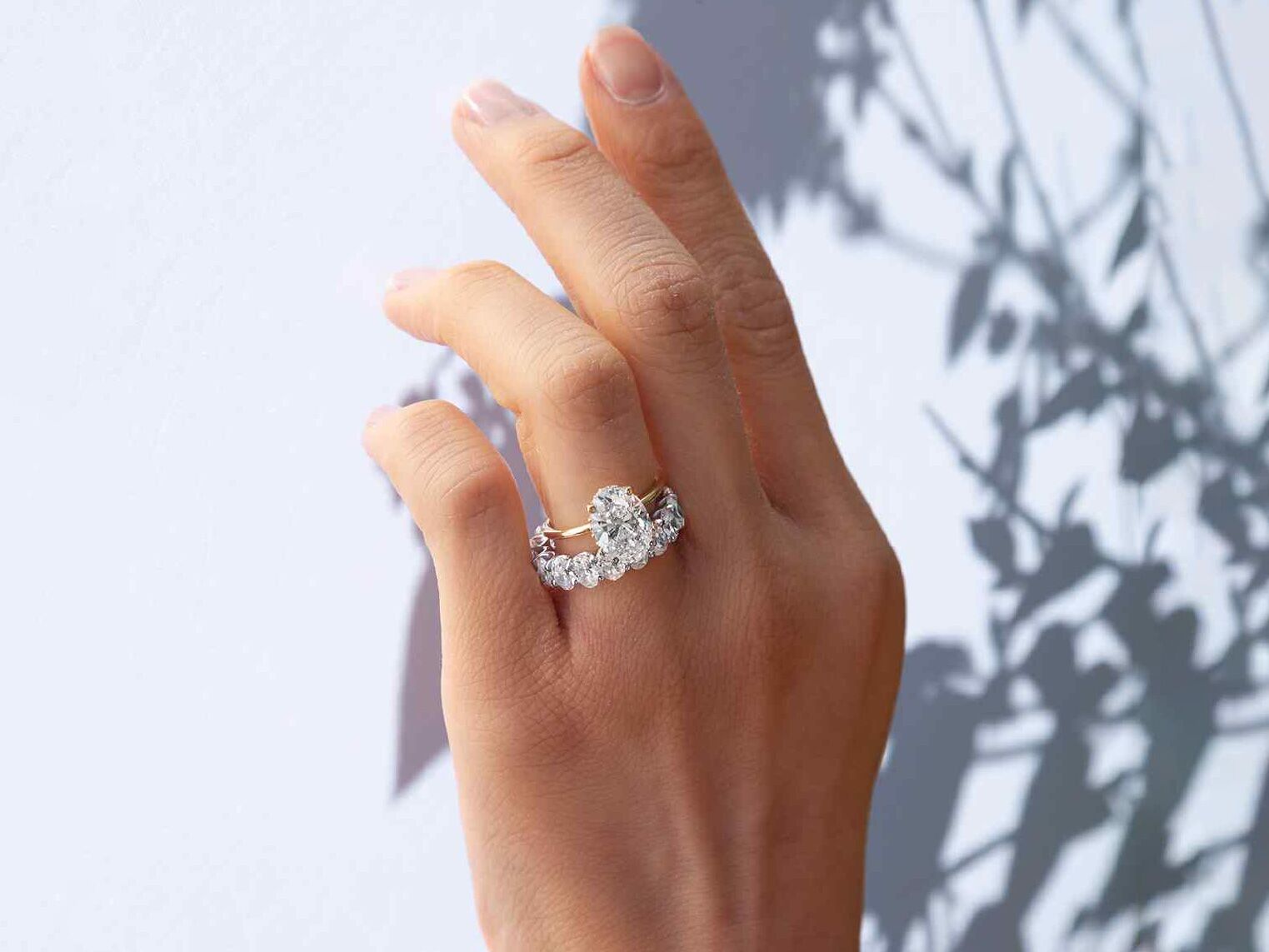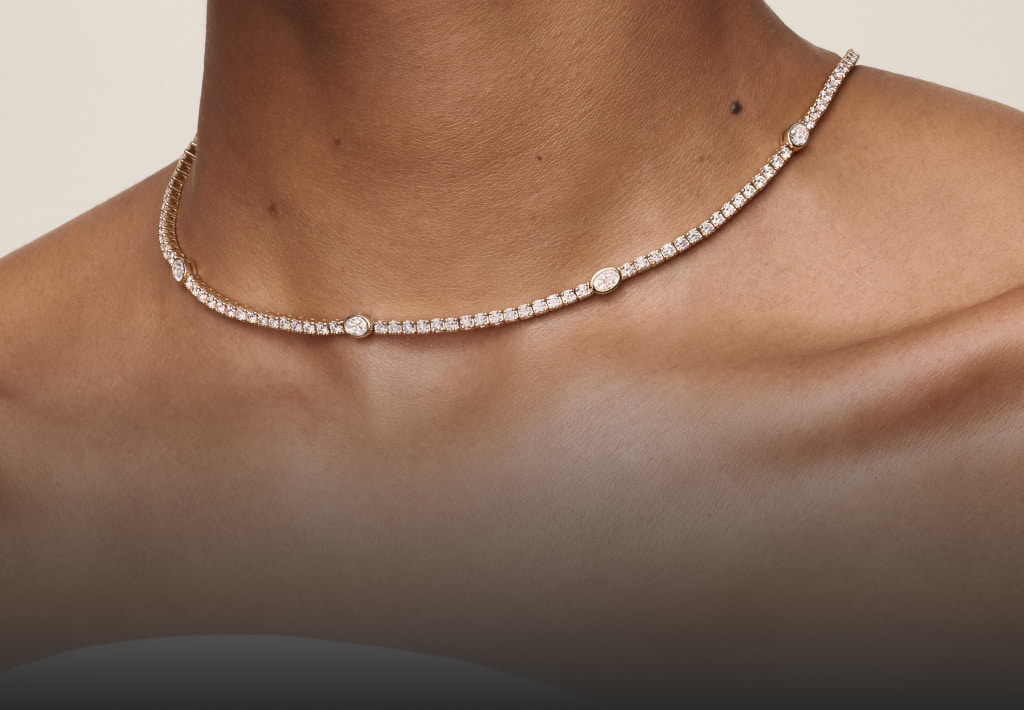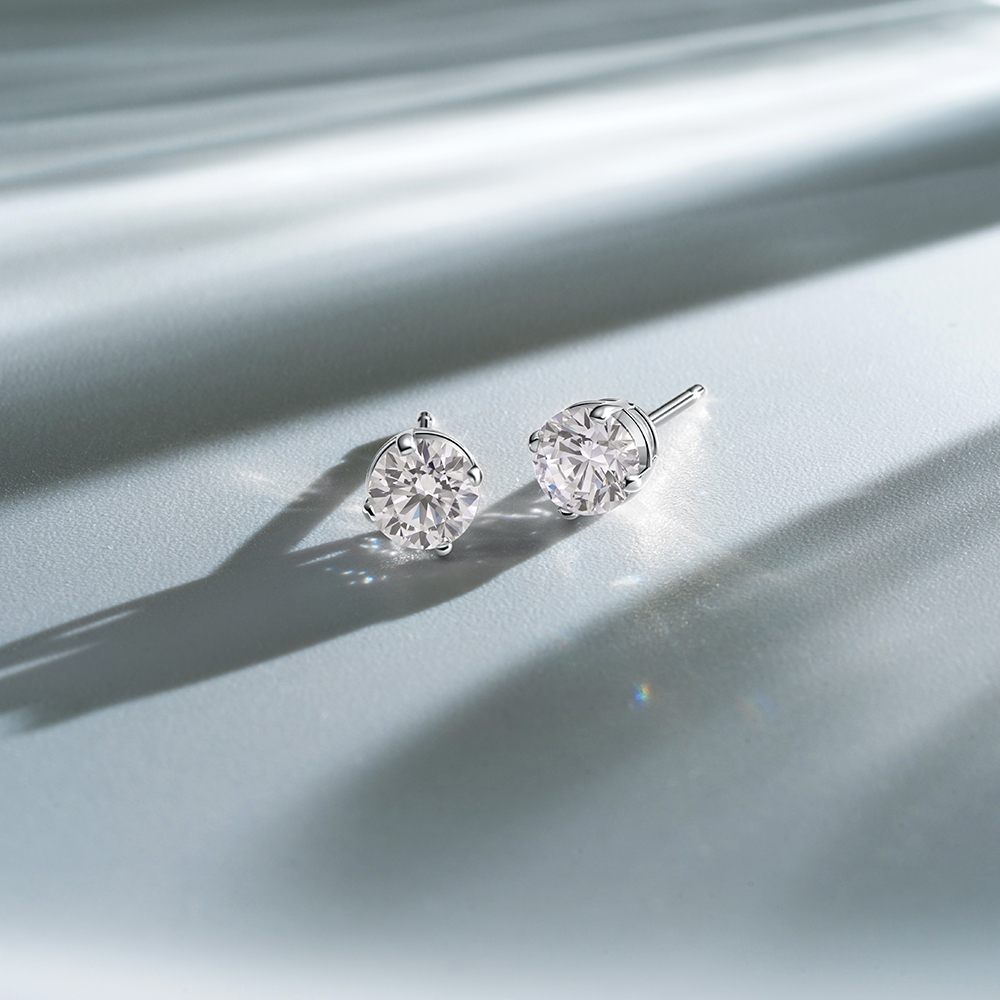
The Truth Behind Blood Diamond and the Rise of Lab Created Diamonds
In the world of fine jewelry, the beauty and brilliance of a diamond often hide a darker story. While many associate diamonds with love, commitment, and luxury, not all diamonds come from ethical origins. One of the most controversial terms in the gemstone industry is “blood diamond“—a phrase that sends a chill down the spine of any socially conscious buyer. But there’s hope: the emergence of lab created diamonds is changing the game entirely.
What is a Blood Diamond?
A blood diamond, also known as a conflict diamond, is a diamond that has been mined in a war zone and sold to finance armed conflict against governments. These diamonds are often sourced from regions where human rights violations are rampant, including forced labor, child labor, and extreme violence.
The term gained widespread recognition during the late 1990s and early 2000s, particularly during the civil wars in countries like Sierra Leone, Angola, and the Democratic Republic of Congo. The profits from these diamonds fueled brutal warfare, leading to countless deaths and displacements.
How Blood Diamond Trade Impacts Communities
The true cost of a blood diamond goes far beyond its retail price. These stones have left a trail of devastation in their wake. Here’s how:
-
Human Rights Violations: Many of these diamonds are mined under horrific conditions. Miners, including children, are often subjected to long hours, unsafe environments, and abuse.
-
Funding of Armed Conflicts: The sale of blood diamond stones finances warlords and prolongs violent conflicts, especially in politically unstable regions.
-
Environmental Damage: Unregulated mining associated with the blood diamond trade has caused severe environmental degradation, including deforestation, water pollution, and destruction of local ecosystems.
Introducing Lab Created Diamonds: An Ethical Alternative
The growing awareness about the dark past of the blood diamond trade has led consumers to seek ethical and sustainable options. Enter lab created diamonds—a modern innovation that offers all the sparkle of natural diamonds without the ethical baggage.
Lab created diamonds are physically, chemically, and optically identical to mined diamonds. They are produced using advanced technological processes that simulate the natural diamond-forming environment, either through High Pressure High Temperature (HPHT) or Chemical Vapor Deposition (CVD) methods.
Why Lab Created Diamonds Are the Future
There are several reasons why lab created diamonds are gaining immense popularity among ethically minded consumers and even luxury jewelers.
1. Ethical Sourcing
Unlike a blood diamond, which may come from conflict zones, lab created diamonds are grown in controlled environments. There’s complete transparency in the process, ensuring the diamond’s journey from the lab to the jewelry store is conflict-free.
2. Environmental Benefits
The environmental impact of mining is severe. Traditional diamond mining requires the displacement of vast amounts of earth and consumes massive amounts of energy and water. In contrast, lab created diamonds have a significantly smaller carbon footprint and leave minimal impact on the environment.
3. Cost-Effective Luxury
Another major perk? Lab created diamonds are more affordable—typically 30% to 40% less than their mined counterparts. That means buyers can opt for a bigger, higher-quality diamond for the same price, without worrying about unethical origins.
How to Tell If You’re Buying a Blood Diamond
Unfortunately, not all retailers disclose the origins of their diamonds transparently. Here’s how you can ensure you’re not inadvertently supporting the blood diamond trade:
-
Ask for Certification: Reputable jewelers provide certification from ethical sourcing programs, such as the Kimberley Process. However, be aware that the Kimberley Process has its limitations and may not be foolproof.
-
Buy from Trusted Jewelers: Choose brands that specialize in ethical sourcing or exclusively offer lab created diamonds.
-
Educate Yourself: Understanding the supply chain and asking questions can go a long way in making an informed choice.
Lab Created Diamonds vs Blood Diamond: A Clear Choice
Let’s break it down in a simple comparison:
| Feature | Lab Created Diamonds | Blood Diamond |
|---|---|---|
| Source | Laboratory-grown | Conflict zones |
| Ethical Considerations | Conflict-free, transparent | Linked to human rights violations |
| Environmental Impact | Low | High |
| Price | More affordable | Often expensive due to rarity |
| Quality | High and consistent | Varies |
| Availability | Easily accessible | Scarce and often untraceable |
Clearly, lab created diamonds win on almost every front. They offer peace of mind, knowing your purchase supports innovation and ethics rather than violence and exploitation.
The Shift in Consumer Behavior
Modern buyers, especially millennials and Gen Z, are more socially and environmentally conscious than ever before. The allure of owning a blood diamond has faded for many who now prioritize values over vanity.
Brands that offer lab created diamonds are seeing a surge in popularity because these consumers want to align their purchases with their principles. The idea of wearing a stone that’s beautiful in appearance and origin is incredibly appealing.
Conclusion: Choose Brilliance Without the Blood
In the end, diamonds are meant to symbolize love, commitment, and eternity—not war, suffering, and destruction. By choosing lab created diamonds, you’re not just making a fashion statement—you’re taking a stand.
As awareness grows, the days of the blood diamond are slowly fading, making way for a more transparent and compassionate jewelry industry. Whether you’re shopping for an engagement ring, a timeless gift, or a personal treat, remember: ethics are always in style.




